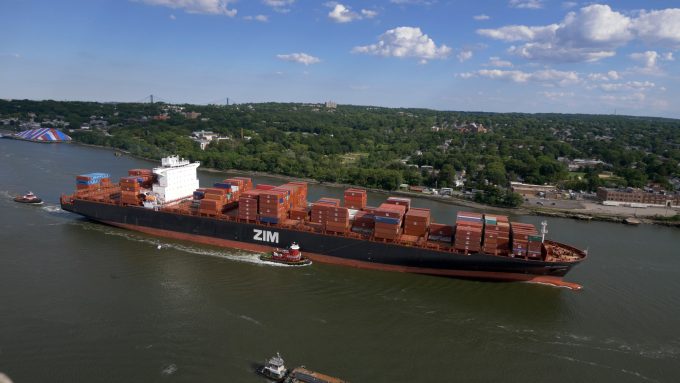CMA CGM 'testing the water' of the Suez Canal for more services
CMA CGM is again “testing the water” in the Suez Canal, which could prompt other ...

After two years of record profitability, liner industry ocean carriers are busy collating their earnings from what has been an extremely challenging first quarter.
The tailwind effect of unexpired higher contract rates is likely to see most lines achieve respectable results for Q1, but thereafter it ...
Predatory rivals circle as the ripples from DSV's Schenker buy widen
MSC Elsa crew face criminal probe, as Wan Hai 503 firefighters battle on
Latest Israeli attack on Iran a threat to box ships in Straits of Hormuz
DHL Express facilities in Canada forced to shut down by strike
Industry concerns rise after yet another box ship on fire off Indian coast
'It's driving us mad', say forwarders as US court fails to end tariff turmoil
European port congestion easing – for now
More legal trouble in India for MSC: feeder vessel detained after box ship disasters

Comment on this article